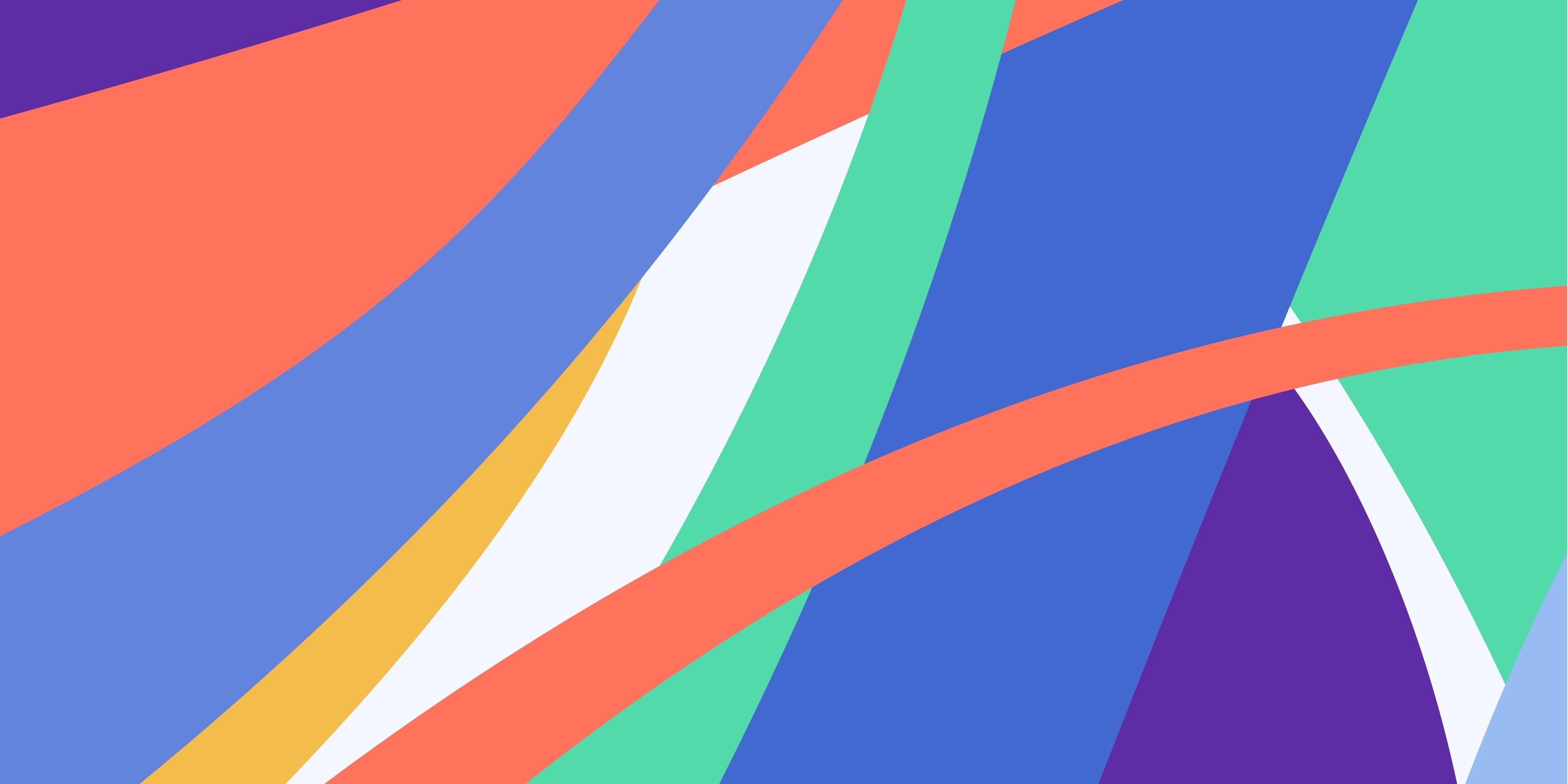Data Educator Stories explores the practices and projects of educators who use Observable in the classroom. The goal of this series is to grow our collective knowledge and build connections between the creative work of individuals and the broader education community.
We caught up with two of the five instructors teaching sections of data visualization as part of the School of Information's Masters in Information and Data Science. They've used an Observable workspace to manage multiple sections of Data Science 209 for over 600 students since 2020. Course designer and lead teacher, Andy Reagan, and lecturer Mak Ahmad explained how they use Observable to teach data visualization to classes across semesters.
What is something only Observable does that you find critical to your teaching?
Andy Reagan (AR): Instructors work from shared course content on Observable, allowing us to collaborate and make universal updates more quickly than through our teaching platform. A single version of our core teaching materials keeps our projects, assignments, and submission process consistent across classrooms.
I helped former instructor and course designer John Guerra-Gomez develop the core framework for the course that all our teachers use, and we chose to use Observable because it's a really easy way to share content - for students and teachers.
Mak Ahmad (MA): Observable is also really easy to demo in class. I can instantly give students a hands-on opportunity to learn a concept by forking a notebook, having them edit it, and presenting their findings. Students using Observable can easily share their assignments with me for grading, and other students for peer review.
An example of an explainable demonstrating the concepts of separate, order, and alignment in JavaScript. See the code in this notebook and learn more in the course’s Explainables collection.
AR: We have five or six private orientation notebooks right in Observable that walk students through the course. We have recorded videos of some of the instructional content that include JavaScript demos in Observable, and we link to the demo notebooks for students to fork and follow along.
I think one of the best uses for the platform is that it enables students to work with the examples we provide immediately, right in a live document. We provide the instructional content, assignment descriptions, and assignment data right in Observable, and then students submit their notebooks as assignments.
How do your students work with data in Observable? Where does it come?
MA: We provide the students with data, like this sentiment analysis dataset, for assignments during the semester, so they can focus on building their visualization skills. The final project for Data Science 209 requires them to build a data-based narrative to tell a story with data visualization. By that time, they are welcome to use any data that they’d like, because they’ve already learned how to work with it.
What have you learned from students on their data journey?
MA: Regardless of the tool they use, data visualization empowers and enables students to tell amazing stories. I have learned a lot from a diverse set of projects based around mental health in tech; environmental issues like wildfires and disasters; sports, including Formula 1 and UFC; and the intersection of economy and nutrition - foodflation.
This student-created visualization animates the percentage of female executives at companies over time.
What are you working on now - academic or otherwise? What’s next?
MA: I am currently very happy teaching data visualization at UC Berkeley and UC Davis while working on challenging technical industry problems, such as semantic extraction from video. Post- COVID, it’s more important than ever that university faculty show and discuss the applications of classroom exercises in real-world industry scenarios. Bridging the gap between academia and industry helps make the purpose of making visualizations more real to our students.
AR: I recently gave a talk on Observable at the Five College Datafest. I talked to the participants and faculty engaged in the competition about what features are available, what they do, and I built a demo in real time. In twenty minutes, we had a dashboard talking to an API with all the JavaScript pieces in Observable; including a slider, radio buttons, and interactivity.
You could build a dashboard like this with another tool, but it would have been much harder. Now that you have the JavaScript runtime setup in Observable, you're writing JavaScript and talking directly to a Python API, so you can really extend it and you won't really run into any roadblocks. You have a full feature set with all of these powerful inputs that is reasonably easy to build.
I think there's something to be said for that. It's easy to build a “Hello, World!” example that looks nice, and a lot of tools have that, but Observable is really extensible and scales beyond that.
